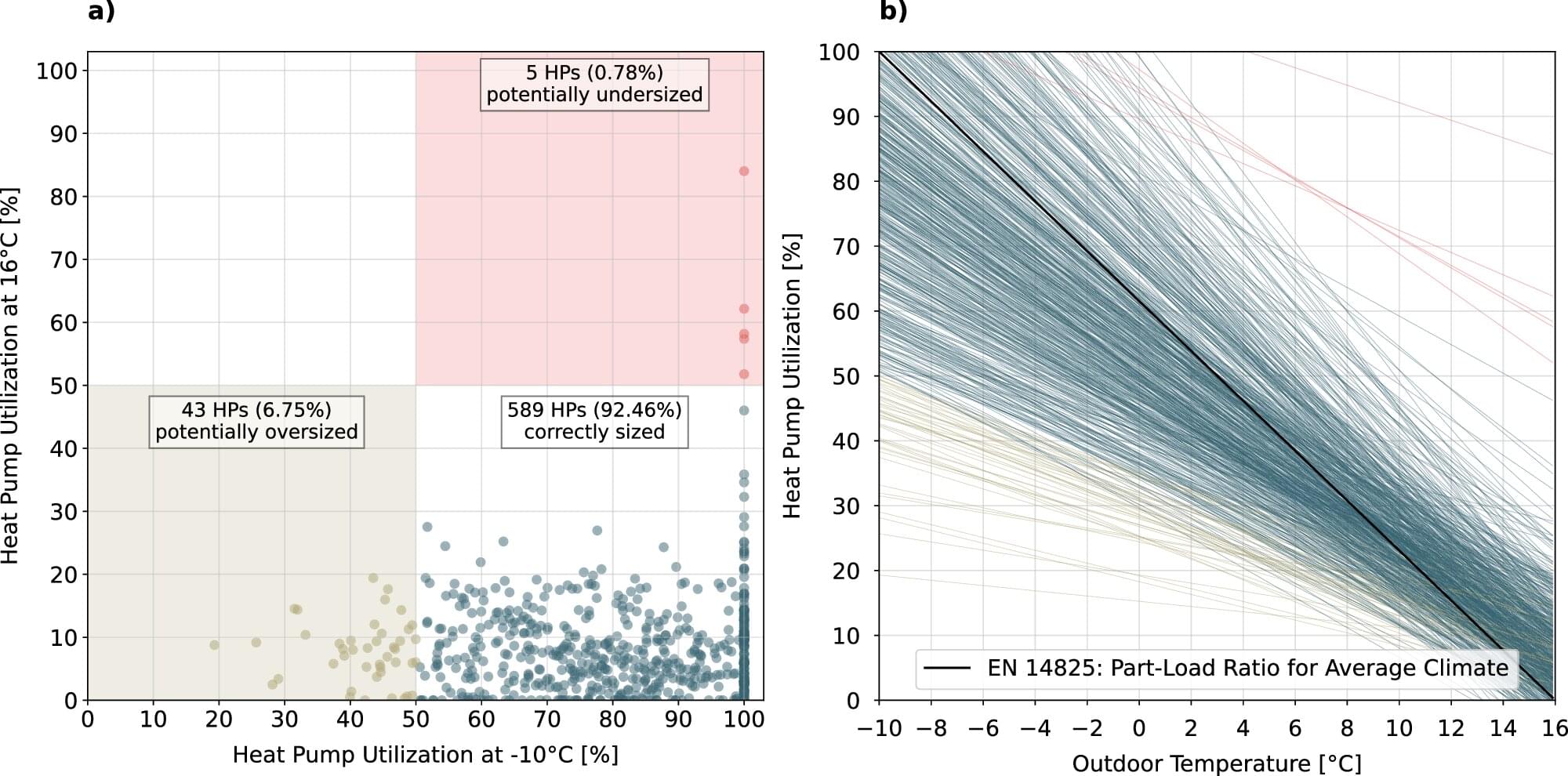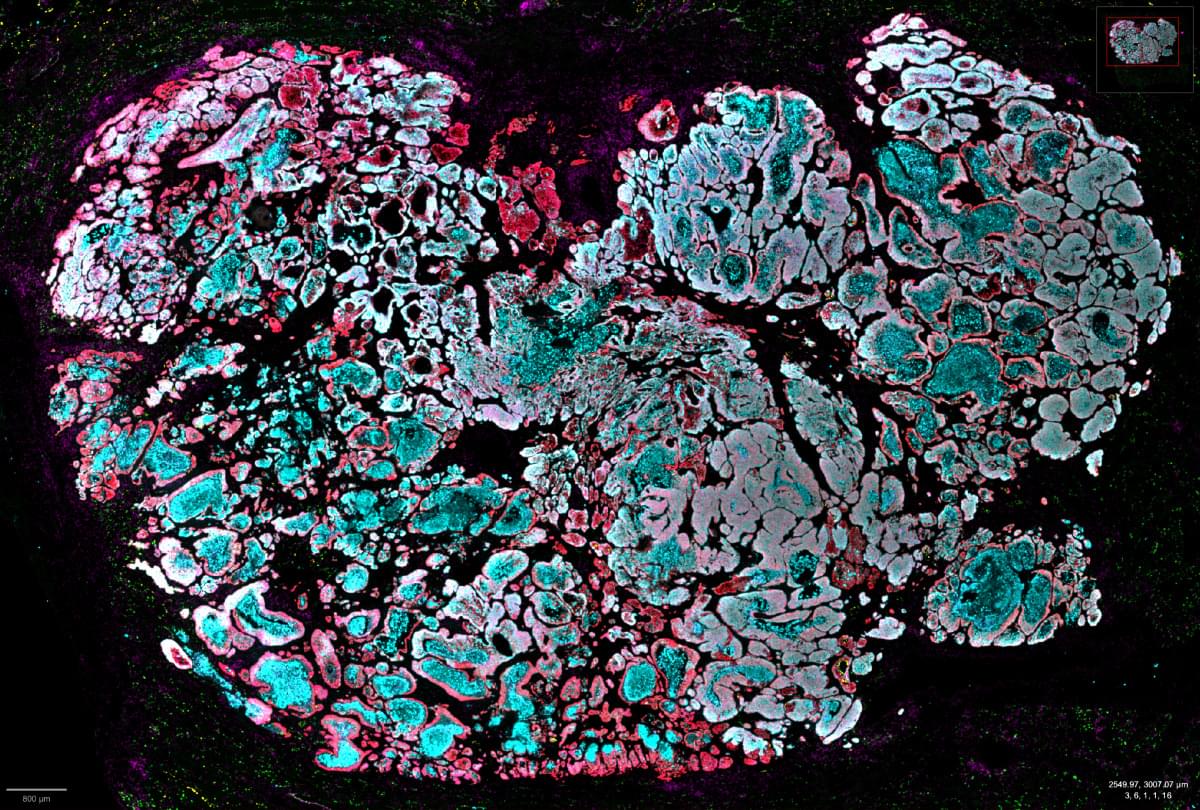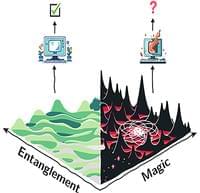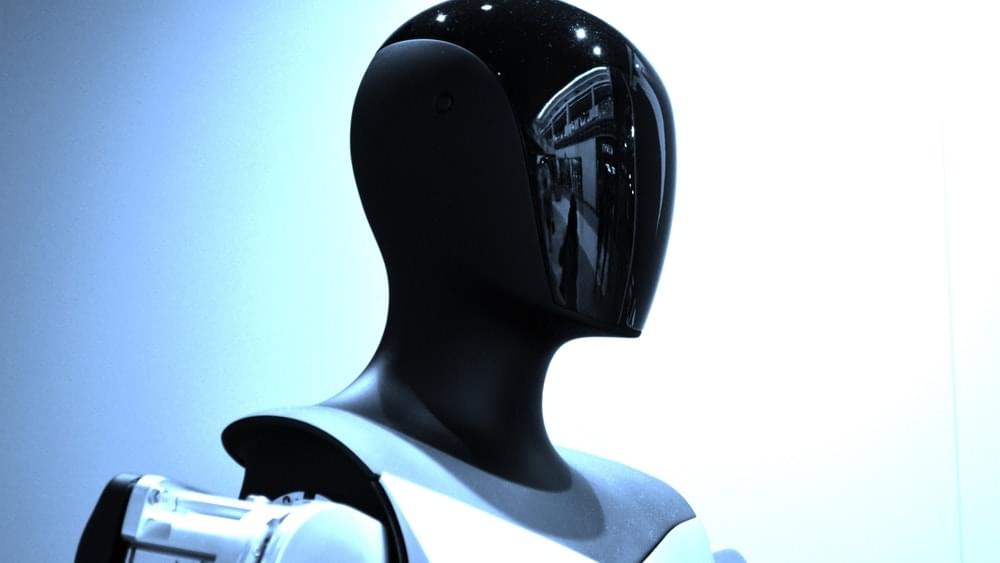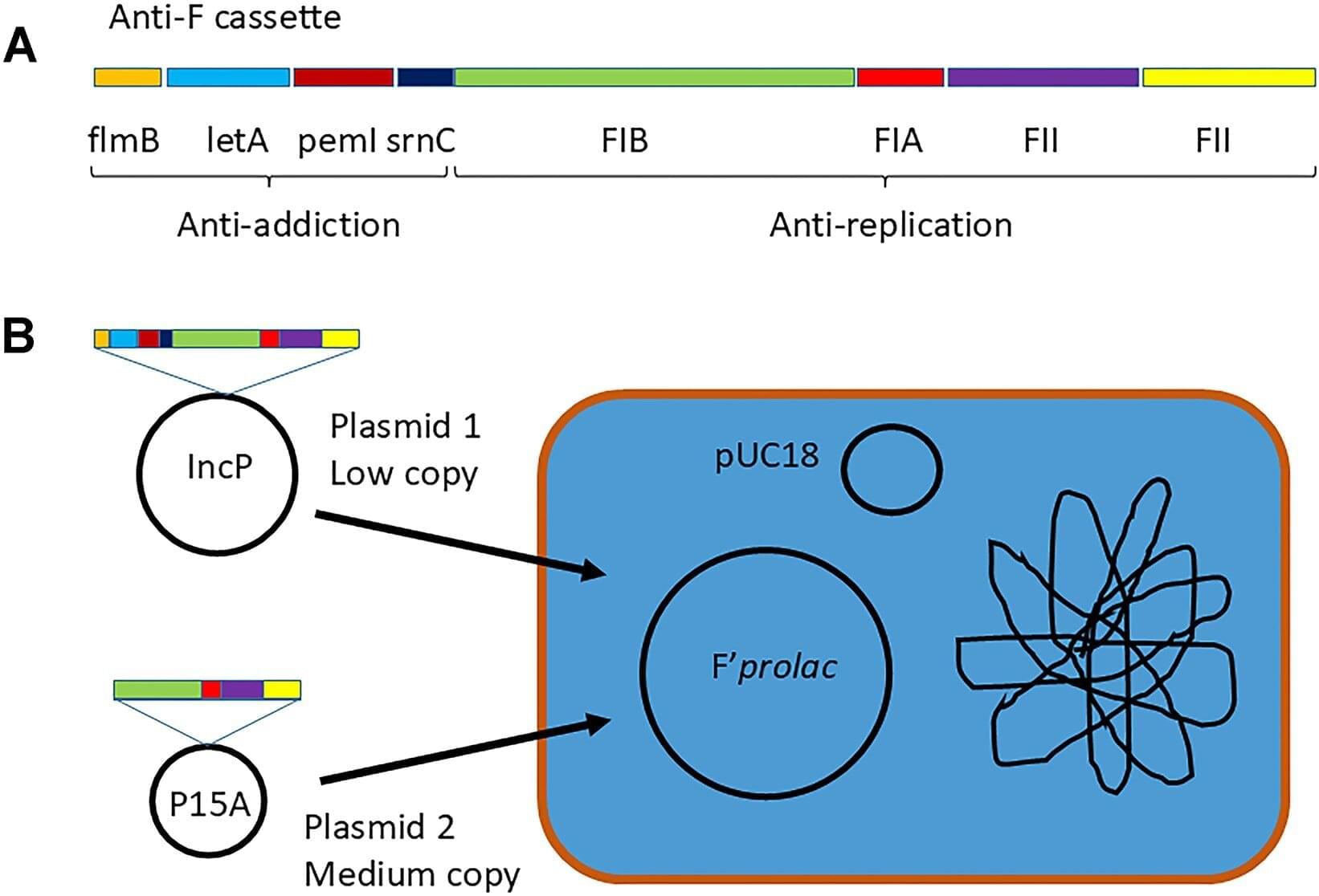Sophie Cohen-Bodénès and Peter Neri, neuroscientists at École Normale Supérieure, in France, report possible evidence of cuttlefish communicating by waving their ‘arms’ at one another. Their paper is posted on the bioRxiv preprint server.
Prior research has shown that cuttlefish can change their skin color on demand and use that ability as a form of communication. Cuttlefish have also been observed moving their arms in certain ways when confronting other males. They possess eight arms lined with suckers, along with a pair of tentacles situated close to their mouths. In this new effort, the researchers took a closer look at the ways cuttlefish move their arms, possibly as a means of communicating with others of their kind.
The researchers put several specimens in a tank in their lab to observe them as they interacted with one another. They also videotaped several specimens as they moved their arms and played the videos back to the cuttlefish to see how they would react. They found four waving patterns that appeared to be consistent—up, side, roll, and crown.
